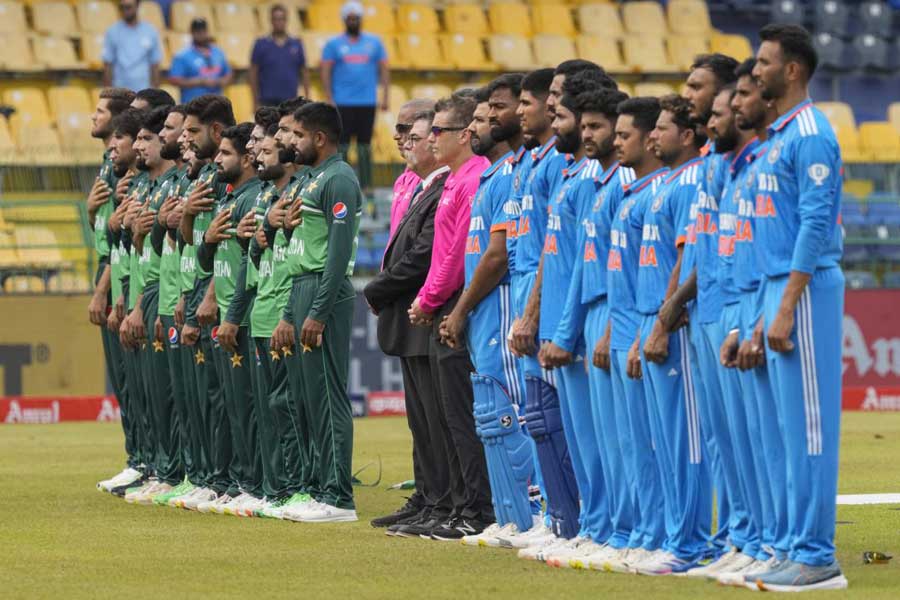The testimony of 24,000 women across 10 countries confirms one of the nastier truths about violence against women: the home is the last place where women are safe.
Though India wasn’t one of the countries covered in this landmark survey by WHO, the findings in these countries ? Bangladesh, Brazil, Ethiopia, Japan, Namibia, Peru, Samoa, Serbia and Montenegro, Thailand, and Tanzania ? showed strikingly similar patterns to what happens here.
Abuse is a great leveller. The effects of violence were the same regardless of whether the women came from urban or rural backgrounds, or whether they came from high or low income families. Women who had suffered abuse or violence at the hands of their partners tended not to report the abuse; aside from physical health problems, they also suffered long-term mental health problems and tended to be in poorer health for years afterwards. (Fewer men suffer domestic violence, but the ones who do are even less likely to report it than women.)
Experts say that the findings of the study mean that we need to rethink our public health policies and start seeing domestic violence as a serious health risk. More than that, the study indicates the many stereotypes through which we view violence against women.
The strongest image of violence against women is the rape by a “stranger”. The statistics on rape tell a different story: most rapes are carried out by men who know their victim well. The average rapist is more likely to be a family member, a neighbour or an acquaintance than an absolute stranger. And though rape is a terrible crime, the average woman is actually at greater risk of facing sexual abuse and violence at the hands of partners, husbands or family members.
But that violence is not something that most of us want to see or acknowledge. As a former colleague demonstrated once, the doors of silence close faster on the home than on any other place. This woman, a senior editor, was a woman who walked into doors a lot: we knew that she and her husband had what was euphemistically called a troubled relationship. She arrived at office one day with bruises too visible to be easily explained away.
Three of us, all in relationships where we had never faced and couldn’t imagine the kind of casual abuse she was going through, gently confronted her and asked if we could help. “I can’t leave,” she said, citing the usual reasons ? she loved him, there were the kids, he wasn’t really a violent man. When one of us remonstrated, she flung back: “It’s my marriage; I don’t ask you what happens behind closed doors.” We watched her go home, to another round of abuse and battering, helplessly.
Now I wonder where that helplessness came from. We would have thought nothing of intervening if we’d seen her getting beaten up on the street. “It’s a private affair, it’s her home life; it’s none of our business,” many of us said. But the WHO study contradicts that. Domestic violence is a public health matter; if you aren’t safe in your own home, where can you be safe? That is everyone’s business.











